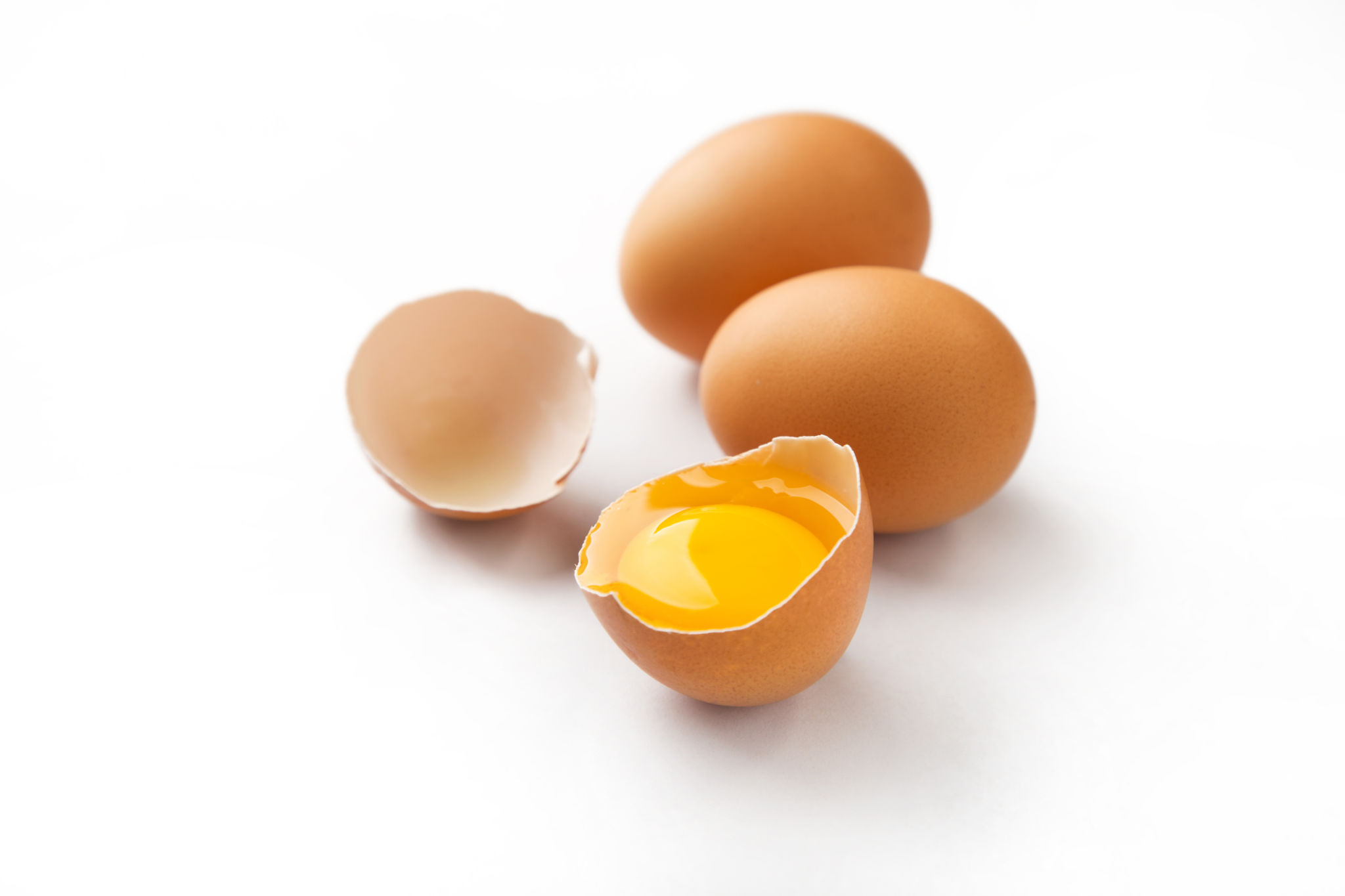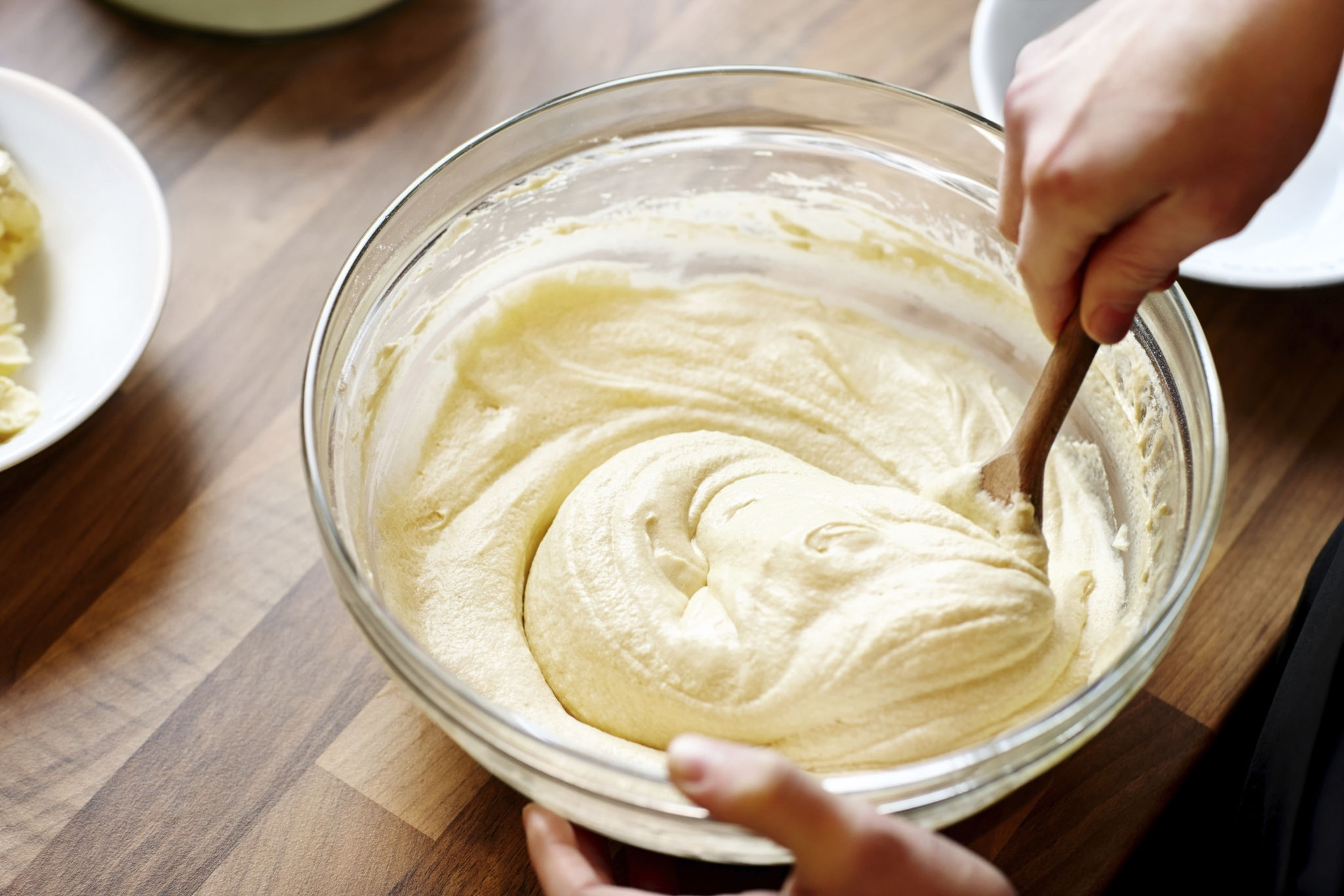Decoding Cake Baking Myths: What Really Works
Understanding Common Cake Baking Myths
Baking a cake is often seen as both an art and a science. With so many tips and tricks floating around, it can be hard to discern fact from fiction. Let's dive into some common cake baking myths to discover what really works and what doesn't.
One of the most prevalent myths is that room temperature ingredients are always best. While it's true that room temperature ingredients can help create a smoother batter, not every recipe requires it. For instance, some cakes benefit from cold butter to create a flaky texture.

The Truth About Baking Soda and Baking Powder
Another common misconception is that baking soda and baking powder can be used interchangeably. In reality, they serve different purposes. Baking soda is a base that reacts with acidic ingredients to produce carbon dioxide, which helps the cake rise. Baking powder, on the other hand, contains both an acid and a base and only needs moisture to activate.
To determine which one to use, consider the other ingredients in your recipe. If there's an acidic component like buttermilk or lemon juice, baking soda might be appropriate. Otherwise, baking powder is often the go-to leavening agent.
The Role of Eggs in Cake Baking
Many bakers believe that eggs must be beaten to a certain consistency for the perfect cake. While eggs do play a crucial role in providing structure and moisture, over-beating them can lead to a denser texture. It's important to follow your recipe's instructions closely, as some cakes require soft peaks while others need stiff peaks.

Moreover, some claim that egg yolks can be replaced with egg whites to make a lighter cake. While this might reduce calories, it can also affect the cake's richness and moisture content. Substituting entirely can change the texture and flavor drastically.
Mixing Methods: To Stir or Not to Stir
There's a myth that over-mixing your cake batter will always result in a tough cake. While it's true that overworking the flour can develop too much gluten, modern recipes often account for this by adjusting ingredient ratios. The key is to mix just until combined unless specifically instructed otherwise.

On the flip side, under-mixing can leave you with pockets of flour or unincorporated ingredients. Paying attention to the recommended mixing time and method in your recipe is essential for achieving the desired outcome.
Final Thoughts on Cake Baking Myths
Baking is an intricate process that requires attention to detail and a willingness to experiment. While many myths have persisted over the years, understanding the science behind cake baking can help you make informed decisions in the kitchen.
Remember that each recipe is unique, and what works for one type of cake may not work for another. By debunking these myths and focusing on the facts, you can elevate your baking game and enjoy delicious cakes every time.